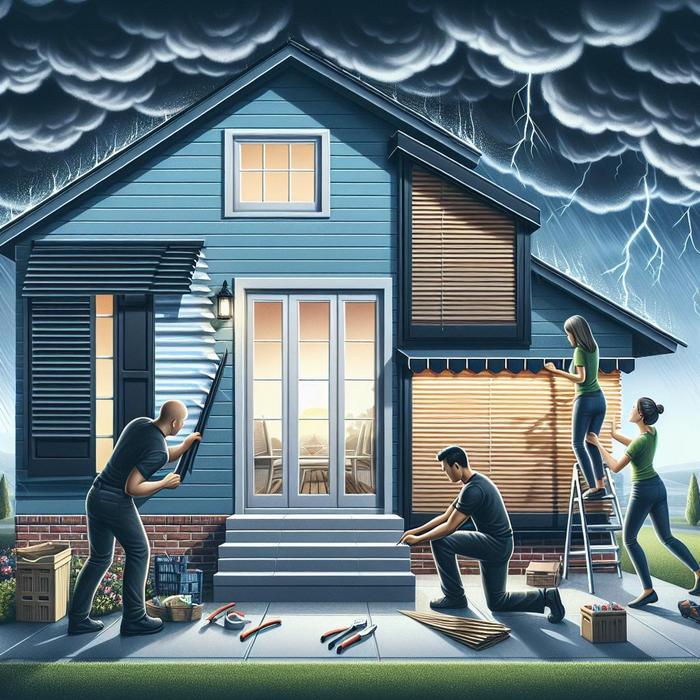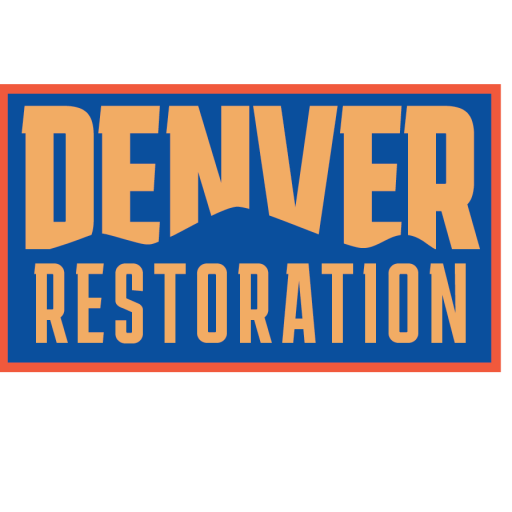Get Ahead of the Storm: Proactive Steps for Storm Damage Prevention
If the past few years have taught us anything, it’s that severe weather can bring unexpected and devastating storm damage. It’s a terrifying reality for many homeowners and property managers, but it doesn’t have to mean the end of the world. With the right preparation and preventative measures, you can safeguard your home against the worst effects of a storm. In this article, we discuss some initiatives and home safety storm tips to ensure that your home remains undeterred by the next big storm.
Recognize the Risks Associated with Severe Weather
Before you can adequately defend your property against storm damage, it’s essential to understand the risks associated with severe weather. Different geographical regions face unique threats, ranging from hurricanes and tornadoes to blizzards and wildfires. Therefore, gaining deep insights about the climatic patterns of your area can help you prepare for the worst.
The Federal Emergency Management Agency’s (FEMA) protective actions guide provides a wealth of information on different mitigation and retrofitting techniques that suit different types of weather risks. Take a moment to check it out.
Invest in Quality Damage Assessment and Restoration Services
When it comes to mitigating storm damage, it’s best to seek professional help. Quality damage assessment and restoration services ensure that your property receives a comprehensive inspection, identifying potential areas of weakness that could escalate during a storm. A professional restoration company remains abreast of the latest restoration techniques and equipment, ensuring your home’s resilience against severe weather.
At Denver Restoration, for example, we work incessantly to secure your home from potential storm damage. Our team comprises expert damage assessors and restoration professionals with years of expertise to ensure your home’s safety.
Implementing Storm-Proofing Measures for Your Home
While predicting a storm’s exact strength and impact proves challenging, proactive homeowners can implement several measures to ensure their properties remain robust against severe weather. Here are some crucial home safety storm tips:
- Seal doors and windows: Installing storm shutters or reinforcing your glass windows can prevent flying debris from shattering them during a storm.
- Trim your trees: High winds can turn branches into deadly projectiles. Keep your trees well-trimmed to reduce the risk of damage.
- Secure outdoor items: Outdoor furniture, grills, toys, and other loose, lightweight items should be secured or stored indoors to prevent them from causing damage during a storm.
- Check your drainage: Ensure that your home’s drainage systems work effectively to prevent possible flooding.
Staying ahead of the storm involves continuous learning and updating your home safety measures. The Isbell Rentals blog provides an excellent resource on how to be storm-ready. It offers additional preventive measures for homeowners seeking to protect their homes against storm damage.
Establishing a Solid Insurance Policy
Despite our most significant efforts, sometimes nature can overpower our preventative measures. That’s where a good insurance policy comes into play. A solid insurance policy that adequately covers potential storm damage plays a crucial role in protecting your property. This insurance ensures you receive adequate compensation to fund repair and restoration processes. Understanding your insurance policy’s finer details, including its coverage limits, deductibles, and exclusions, can save you from an avalanche of unwelcome surprises during an already stressful time.
Environmental and Health Safety Post-Storm
After a storm, the immediate focus often lies on assessing and repairing physical damage to the property. However, it’s also vital to consider potential health hazards that might be lurking in the aftermath of a severe storm. These can range from mold growth resulting from water damage to contaminated water sources due to sewage backup.
Knowing how to navigate environmental and health safety concerns after a storm is crucial. On our website, we provide insight into hygienic steps for sewage cleanup and how to regain your space free from mold fears, offering expert advice on restoring your home to a safe and livable condition.
Effective Customer Communication and Crisis Management
Effective communication is crucial before, during, and after a storm. Stay updated with weather forecasts and emergency notifications. Maintain open lines of communication with your family, neighbors, restoration service providers, and insurance companies. Knowing how to manage a crisis can prove invaluable when navigating storm damage and its aftermath. Always remember, it’s better to be prepared than caught off guard when it comes to storm damage prevention.
In the face of uncertainty, remember that informed, proactive action is your best defense. Protect your home, your sanctuary, from storm damage, and ensure peace of mind for you and your family.
Understand the Legal Aspects Associated with Storm Damage
Legal compliance is another crucial aspect to cover when dealing with a storm disaster. Different local jurisdictions have rules and regulations in place for rebuilding properties following a major storm or natural disaster. These rules are designed to provide guidelines on safety standards and to ensure that future damage is limited. It is crucial to familiarize yourself with these rules before starting any rebuilding process.
In case of a disputed damage claim with your insurance provider, you may need to consult an attorney. Legal professionals skilled in property law can help navigate these tricky situations and ensure your interests are well-represented. Understanding the legal side of storm damage can facilitate a more streamlined recovery process.
Professional Restoration Techniques and Equipment
After a destructive storm, initial damage control may not be enough. You have to restore your property to its previous state, ensuring it is safe and habitable. This process often involves high-tech restoration techniques and equipment.
For instance, after water damage caused by storms, using professional-grade dehumidifiers and air movers can expedite the drying process and prevent secondary damage like mold growth. Industrial air scrubbers can also be used to remove airborne particles, controlling the air quality in your home post-storm. Utilizing state-of-the-art restoration techniques will ensure your property is thoroughly cleaned, dried, and made safe for habitation again.
Proactive Prevention Strategies
Prevention is always better than cure! Proactive prevention strategies can save you a great deal of time, money, and stress in the event of a major storm. Regular property inspections, routine maintenance, and the implementation of storm-proofing measures are all vital to minimize storm damage.
Ensure your property’s foundation, roofing, and structural elements are in good condition. Regularly clean your gutters, downspouts, and drainage to prevent water stagnation and possible flooding. Install high-quality storm shutters and doors to protect against flying debris, and trim the trees to avoid damage from falling branches.
Even the best preventative measures cannot guarantee your property will be spared during a violent storm, but they can minimize the severity of damage substantially. Proactive prevention can make the difference between minor repairs and a complete property overhaul.
Emergency Preparedness
Suppose a major storm is imminent. In that case, emergency preparedness can prove critical in safeguarding your property and ensuring the safety of your family. Being well-prepared can make a significant difference in your ability to respond effectively and swiftly during a storm.
Assemble an emergency kit containing essential items such as food, water, medication, first aid supplies, essential documents, and personal hygiene products. Review your emergency plan with your family, ensuring everyone knows what to do and where to go in case of evacuation orders. Stay updated with weather forecasts and emergency alerts, and follow official advice closely. Nationwide’s article on emergency preparedness provides valuable information on how to be ready.
Resilience and Recovery
Despite the severity of a storm, it is crucial to remember that recovery is always possible. It may require time, patience, effort, and possibly help from experts in damage restoration, but with a robust action plan and resolute determination, you can restore your property to its former state.
Seek professional help promptly, communicate effectively with your insurance company, and ensure the health and safety of your family throughout the restoration process. Regaining normality will not be an overnight task, but every small step counts toward the larger goal of restoring your property and getting your life back on track.
Your resilience and patience will play a significant role in your recovery journey. Stay positive, be patient, and look ahead to the day when all this is just a memory.
Conclusion
Protecting your property from storm damage is multifaceted. It involves understanding the risks, investing in damage assessment, adopting preventive measures, and being prepared for emergencies. It also involves effective communication, understanding insurance and legal aspects, and being a resilient and active participant in the recovery process.
Remember, the more informed and proactive you are, the better your chances of minimizing damage and expediting recovery. After all, storms are a part of nature, but through understanding, preparation, and resilience, they don’t have to be devastating.

